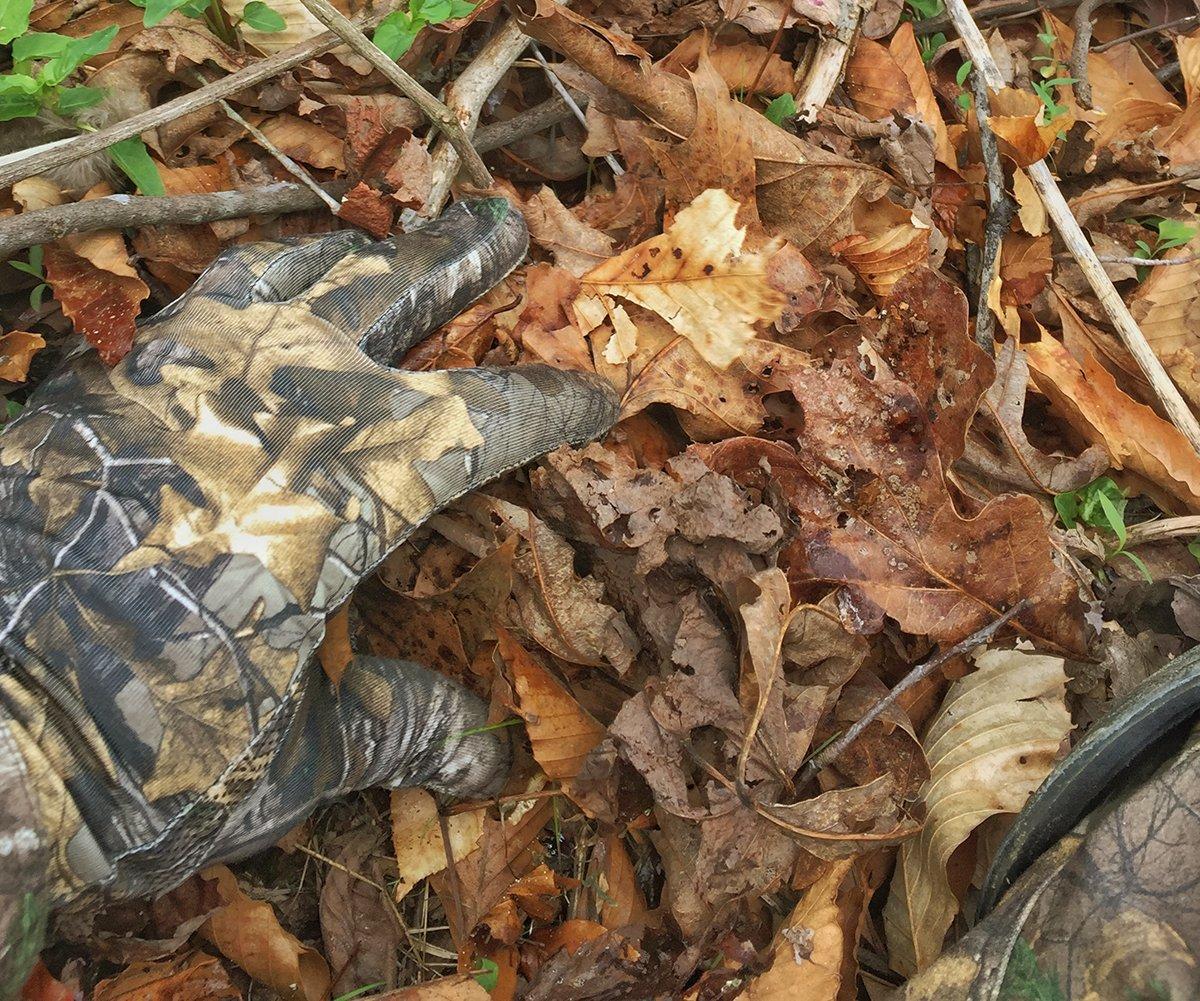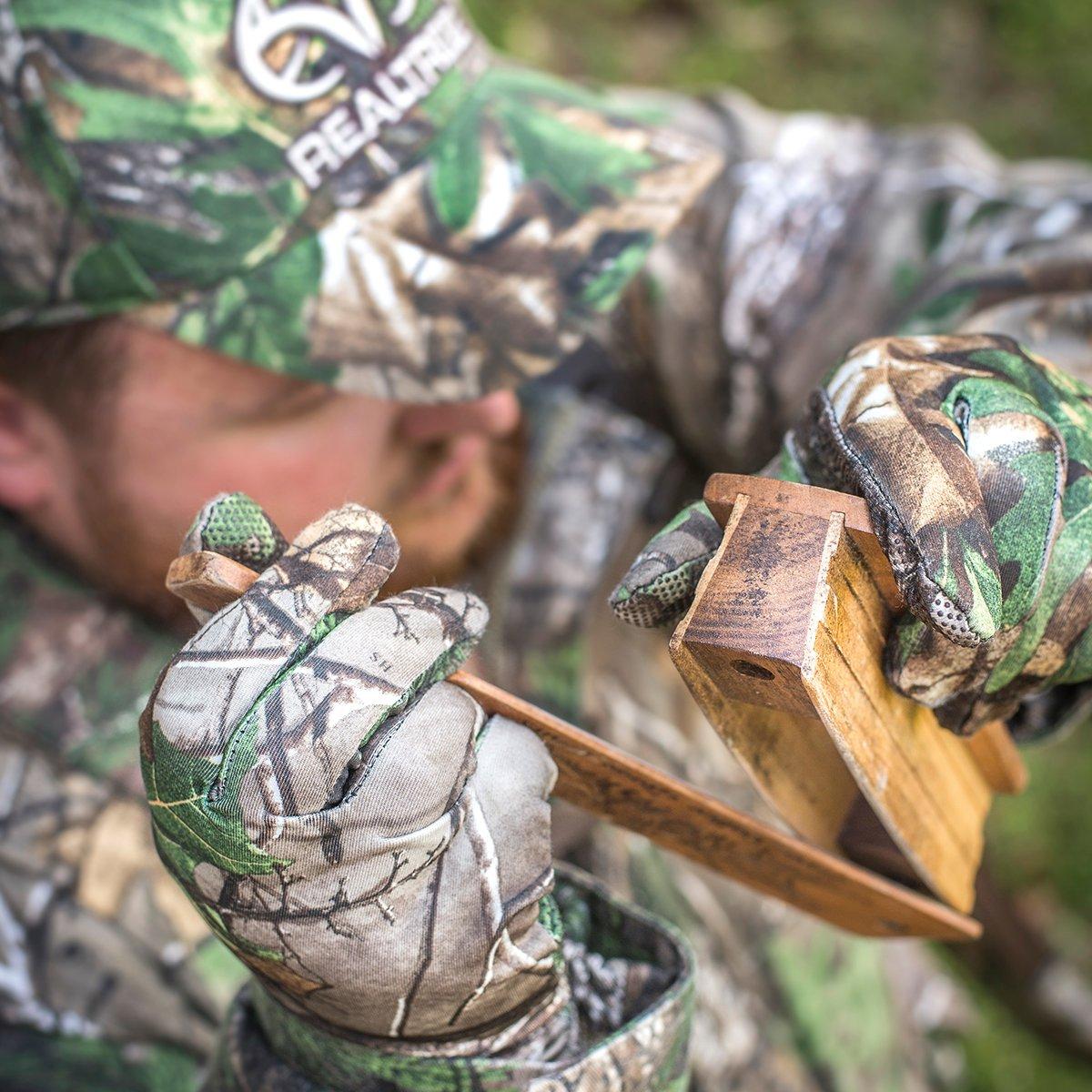Are Gobblers Playing Hard to Get?
Use these 10 tactics to save your turkey hunt.
1. Buddy System for Birds
When hunting alone, it's sometimes tough to use locator calls and listen at the same time. To locate spring gobblers better, hunt with a buddy. Have your partner stand away from you while you're making your locator call - whether it's crow cawing, owl hooting, or coyote howling, whatever. This way you aren't both listening through the loud blast of the call. It's important to fix a gobbler's position. In some cases, four ears are better than two.
2. Scratch It and They'll Come
Got a hung-up bird? Put your calls down. Scratch the leaves next to your seated position to imitate a feeding turkey. If the gobbler has his clawed feet rooted in cement, stand and walk away slowly - or cautiously toward the bird - gently scuffing the leaves as you go, then set up again. That stubborn tom might just come cruising your way.
3. Get Some Shut Eye
Sleep in; hunt later. Rising early helps us find birds during daybreak's peak gobbling. At times though, late-morning and even afternoon starts, where legal, can find you hunting willing turkeys with less hunter pressure. Plus, the extra rest will help you last through a long season, or during times when you're chasing them in multiple states.
4. Gain Private-Land Access
Landowners post property for a variety of reasons. Sometimes, if approached right, they'll permit limited numbers of hunters on their land - maybe you. Talk to them in the off-season. Get an introduction from a mutual friend. Explain what you'd be doing on their property, and the times you would be there. Some hunters even create brochures to explain their backgrounds to property holders. Some might accept "trespass fees" or grant you one-day, limited access. That might be all you need to score. If you do tag a gobbler, make a point of thanking them again. Build that relationship.
5. Extreme Roost Setups
If you know where a gobbler is roosting, rise much earlier than you would normally, and get as tight to that tree as possible - in the dark. Set up, make ready, pop a mouth call in, then wait, gun balanced on your knee, and pointed in their general direction. A gobbler might just fly right down into range once day breaks. If one doesn't, you can sometimes draw one closer with the call already in your mouth.
6. Mix and Match Realtree Camo
Mix and match different patterns as you hunt through the season. Heavier pants and shirts provide early season insulation, while lightweight options help you finish in comfort. Choose camouflage to match the conditions you'll hunt, and pay attention to how foliage changes. Headgear will vary as well, from warm fleece caps to waterproof hats to baseball-style caps. Gloves should disguise your hands, provide easy trigger access, and solid gripping ability.
7. Master the Predictable Setup
If possible, set up on gobbling turkeys so that when the bird appears, it will be in range. Gobblers sometimes tend to move along predictable routes of travel when working to your call, and be ready to shoot when that bird's head and neck are fully exposed. Adjust your shotgun slowly and aim as the gobbler closes in. Final touches at your setup can be made when that turkey's head goes behind a tree. When that bird steps into range, take it.
8. Listen for More Than a Gobble
We listen for gobbles primarily, but other sounds can help us hunt better. Squirrels sometimes bark at turkeys passing nearby. Crows call loudly and even dive at flocks when asserting territorial dominance. I've seen this happen all around the country. Spitting and drumming - that two-note, several-second-long, low-frequency pfft-duuum sound - reveals toms. Like the gobble, it's used to attract hens. Listen for it too. Both vocal and shutmouth gobblers make it while strutting. When a turkey is close, it makes the pock sound we call clucking. It means, "Where are you? I'm here." Several seconds often pass between clucks. The similar putt means, "Yo predator, I see you there. Later!" Listen to the purring of feeding turkeys, the fighting rattle of brawling toms, and yelping - both faster-paced hen yelps and slower-cadenced gobbler yelps - to hear birds near your position.
9. Box Call Locating
Squeaky, squawky boat paddles sound awful up close, but I've heard spring gobblers respond to the long box too many times to discount its use. Hold the call high in the air, cradling the box in one hand while stroking the paddle against the sounding board. Repeat yelps with rising excitement, then stop and listen. A gobble may come at the end of that series of yelps, or a bird might cut you off. Of course, when you make a turkey call, be ready to set up then. Action can be immediate.
10. Be Safe
When you hear footsteps coming to your calling in the spring turkey woods, first think it's another hunter. Only get ready to shoot when you have confirmation it's a gobbler. Also, when you hear a gunshot nearby, sit tight. Has a bird been killed? Maybe not. Get ready, but play it safe. Other legal turkeys may drift your way afterward. Sometimes you can call them in. Sometimes that hunter who just tagged might also come walking by. Be safe. Hunt with your head.
Go here for more Realtree turkey hunting.









